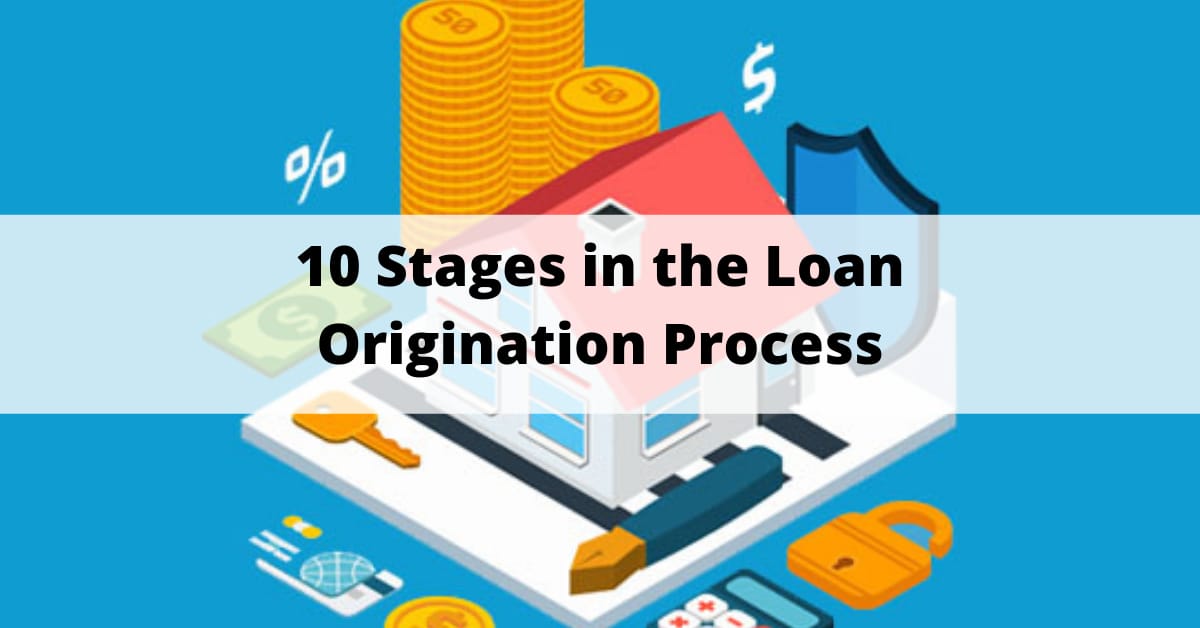The qualification and verification steps that kick off the process of getting a new loan are part of the loan origination process. The qualification and verification steps that kick off the process of getting a new loan are part of the loan origination process. The first step is to provide the banker with the necessary documents for pre-qualification, which are then reviewed by the banker. When the closing occurs or when the loan is fully in force, the loan is considered to have been fully originated.
The Concept of Loan Origination, Along with Some Examples
The beginning of a loan often begins with the loan origination process, which must adhere to both legal and regulated procedures. Many of the rules and requirements that govern loan origination are derived from laws that were published in the wake of the housing crisis in 2008. These regulations ensure that loans are granted in a manner that does not involve an excessive amount of risk. The Federal Deposit Insurance Corporation (FDIC) is also a participant in the development of guidelines for the origination of loans. When it comes to smaller loans or loans that are secured, like many auto loans, the process of loan origination can be rather quick and easy. When it comes to more substantial loans, such as mortgage loans, additional documentation is required, and the approval procedure might take several days or even weeks before the borrower has full access to the money.How Does the Process of Originating a Loan Work?
The applicant will first provide the lender with the necessary documentation and data before the loan origination process can get underway. It's possible that the information required for a small secured loan will be less extensive than the information required for a large loan, but in either case, your credit history, income, and assets, as well as information regarding the purpose of the loan, will all be taken into consideration. After that, the majority of lenders will collect all of the necessary documentation, enter the crucial data into an automated underwriting software package, or have an underwriter personally establish exactly the loan limits for which the borrower is eligible. The potential terms of the loan and the interest rate will be discussed with the borrower by a representative of the lender. This is done because the borrower may be eligible for a different rate if the loan is for a longer period of time or if the loan has a fixed rate as opposed to an adjustable rate. If they are satisfied with the conditions, they may consent to proceed forward with the loan application process. A fee that is built into the cost of the loan serves as a payment for all of the labor that has been put in. The origination fee for a mortgage loan typically ranges from 0.5 percent to 1 percent of the total amount borrowed. This fee is charged on residential mortgages. Because your loan estimate is required to include this information by law, the amount of your origination charge will be disclosed to you in advance. In most cases, a rise in origination fees is only possible under particular conditions.What It Implies for People Buying Their First Home
Even if they don't initially qualify for a traditional loan, first-time homeowners and others who believe they are on the verge of qualifying for a mortgage can still have loans produced in their names. This applies to both conventional and alternative mortgages. There are many other types of government loans, such as VA, FHA, and USDA loans, and certain buyers can be eligible for one of these types of loans. You will be able to determine whether or not this is the case during the origination procedure. When applying for a loan with unique circumstances, you could be required to provide additional evidence. After you have provided your loan officer with these documents, they will consult with the underwriting team to assess whether or not there is a loan product that is suitable for someone with your particular set of circumstances.Prerequisites in Order to Begin the Loan Process
In spite of the fact that, depending on the type of loan product being originated, there may be a range of other forms of documentation that are required, the majority of loan providers will use the following to kick off the process in earnest:- In addition to tax returns and other evidence of income, such as W-2 forms and 1099s,
- Documentation such as bank statements and other evidence of assets and expenditures
- The past of one's credit
- Identifying documentation in the form of a photograph
- In the event that co-signers are required, information regarding them
Key Takeaways
- The beginning of a loan is only one part of the process known as "loan origination." It includes submitting an application, going through the necessary papers, and reaching an agreement to begin the loan procedure.
- Once you have provided the necessary documentation concerning your qualifications and level of creditworthiness, the lender will initiate the process of loan origination and go to work.
- Automatic underwriting software is responsible for the issuance of many loans; however, human underwriters can also evaluate documents and determine whether or not the documents satisfy the requirements of the bank as well as the legal standards that must be met in order to originate a loan.


